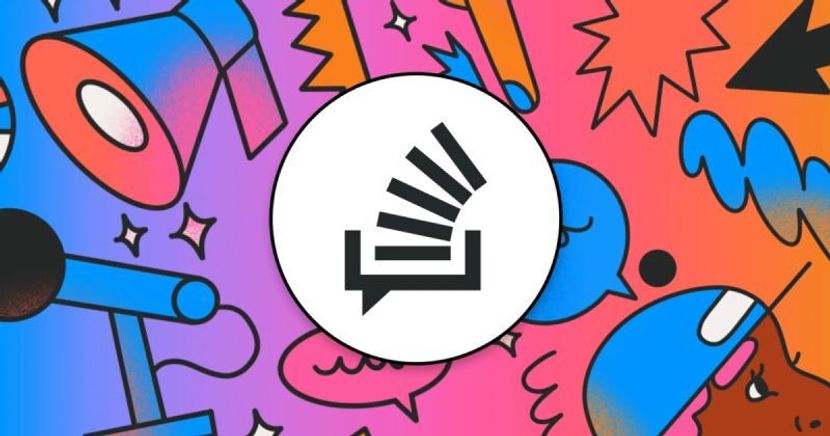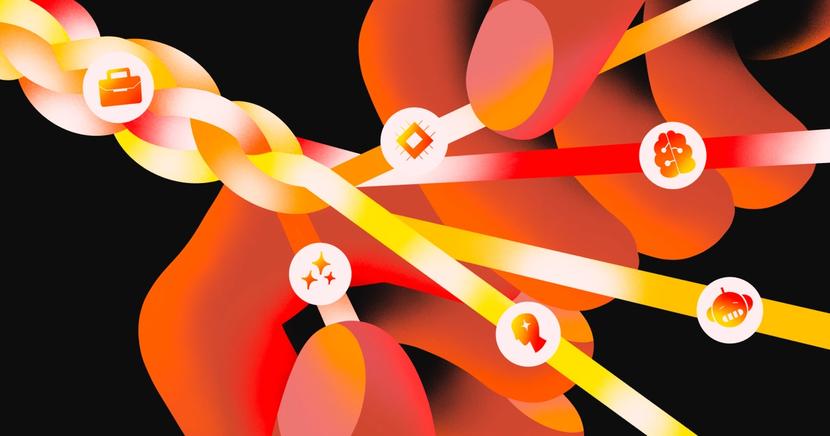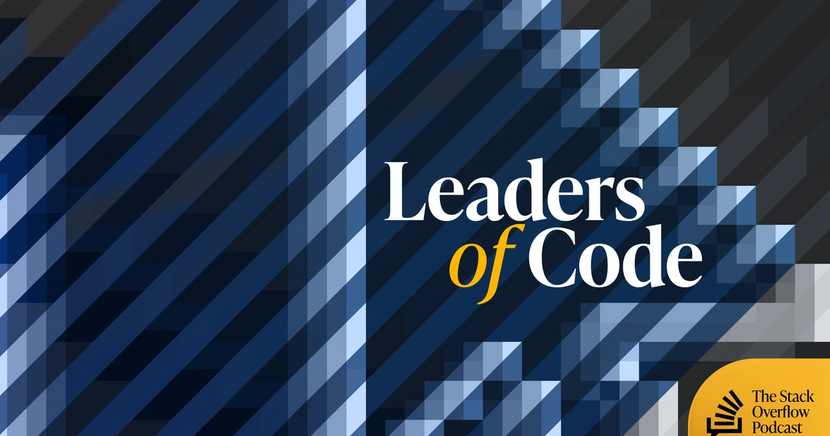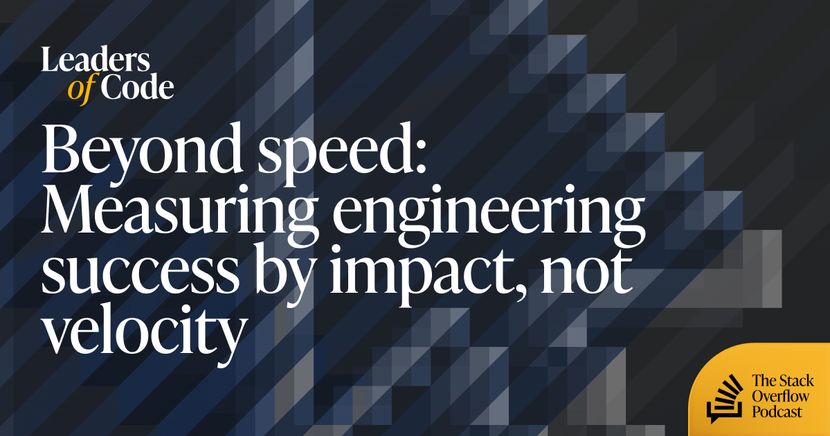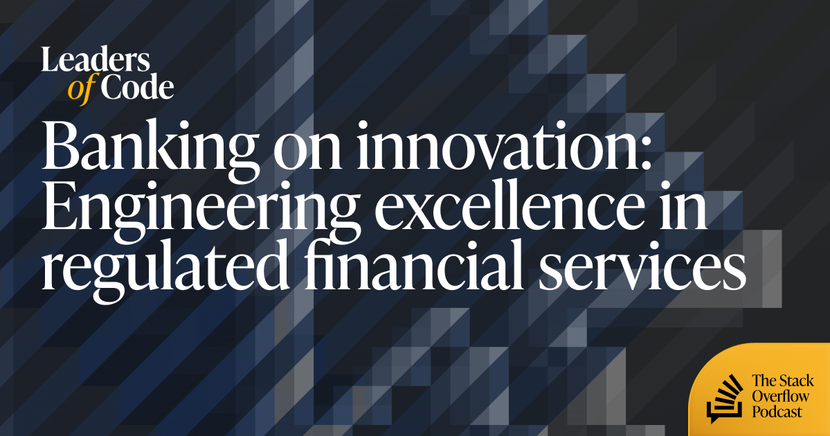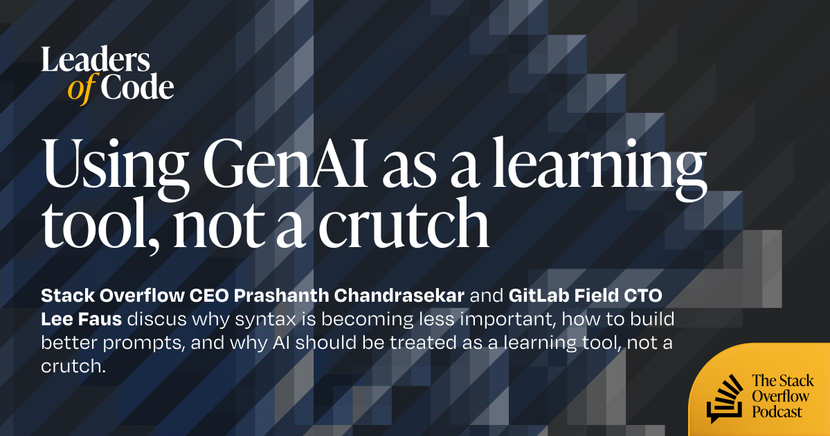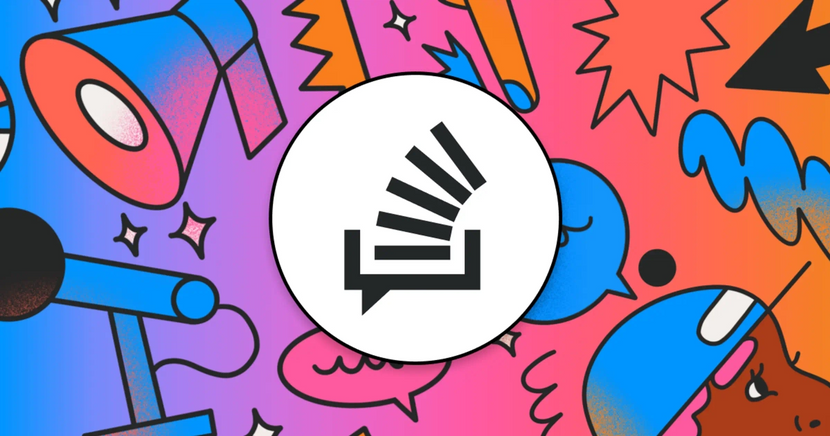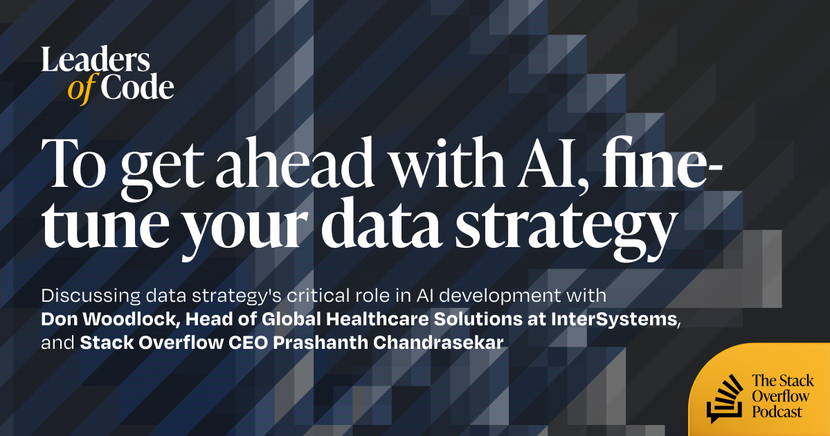The most dangerous shortcuts in software
Ryan sits down with Tom Totenberg, head of release automation at LaunchDarkly, to discuss the perils of taking too many shortcuts in software development, how business pressures and AI code tools have contributed to dangerous corner cutting, and the importance of balancing speed with sustainability to maintain system integrity.
